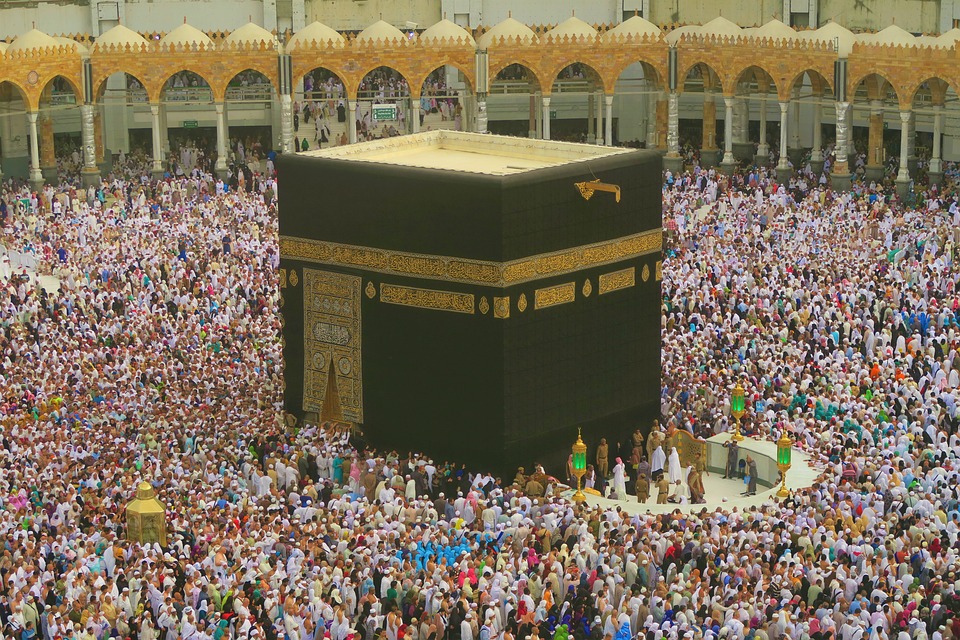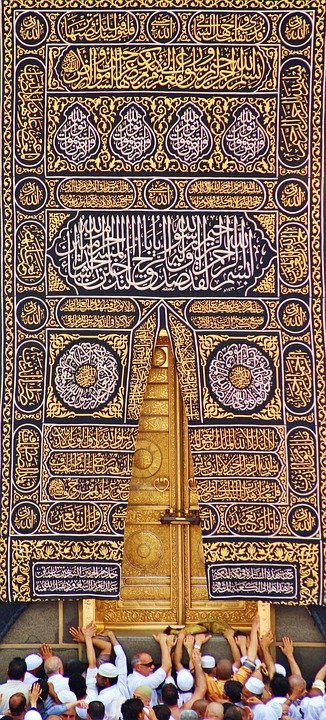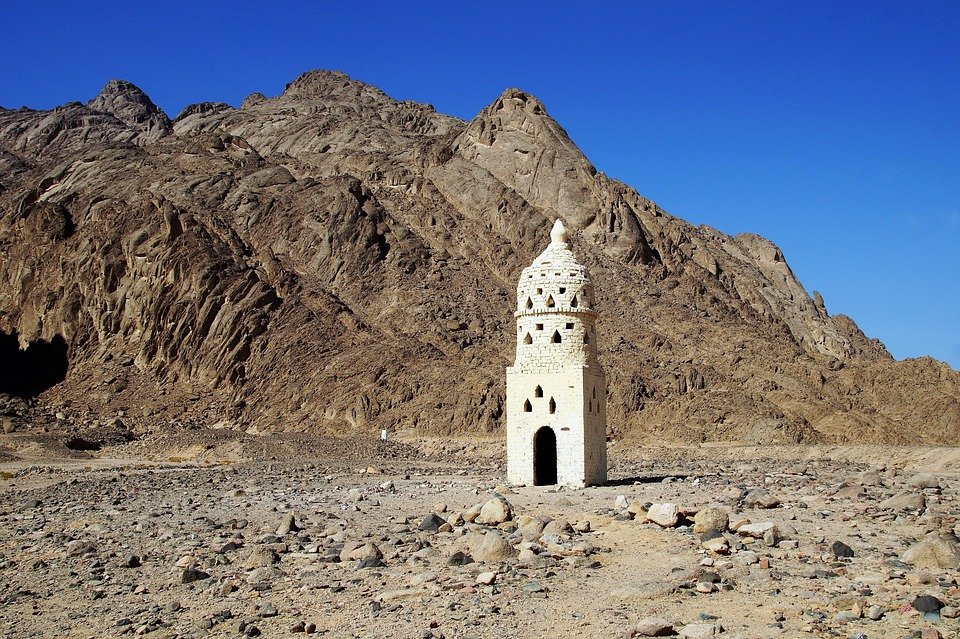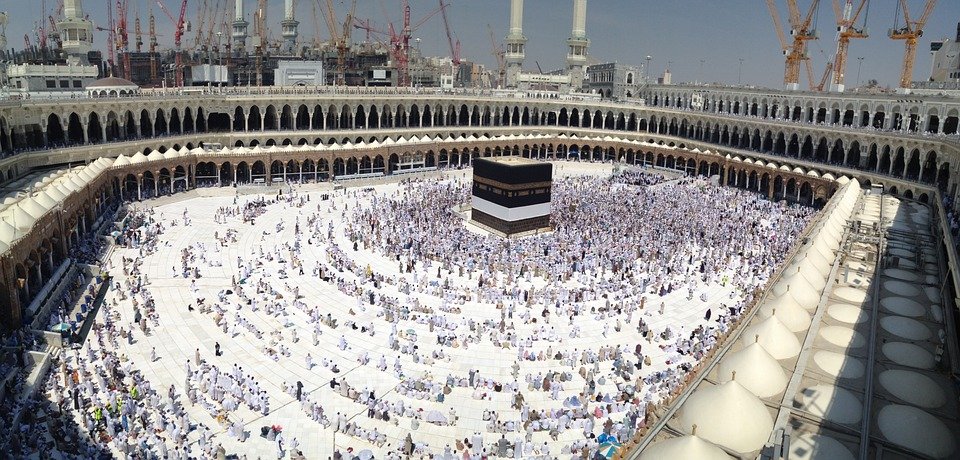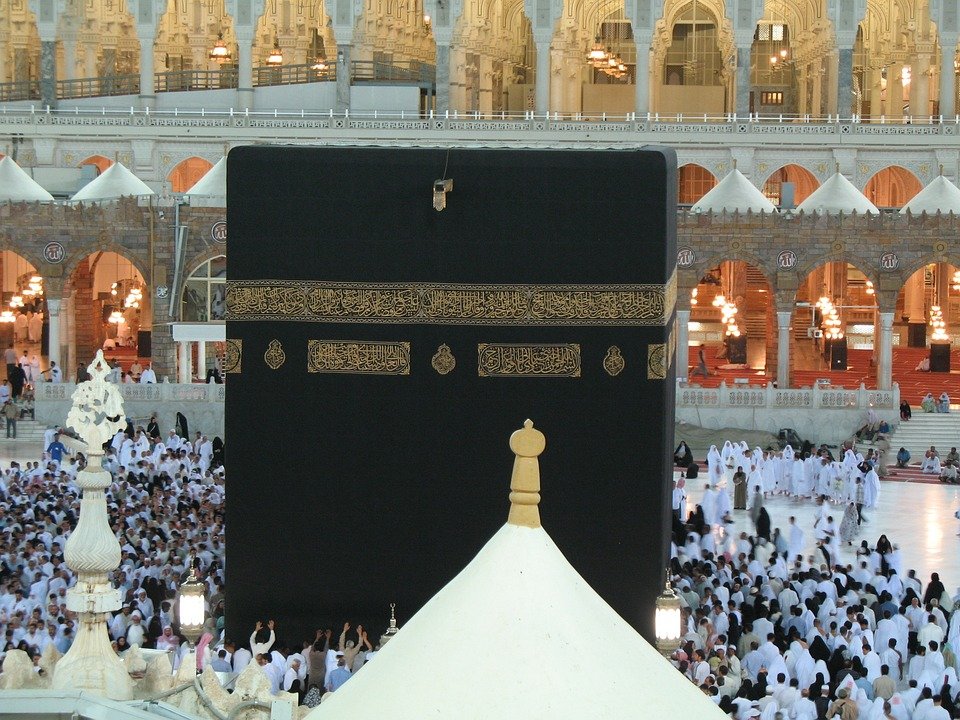As you prepare for one of the most significant experiences in a Muslim’s life, knowing how to physically prepare for Hajj becomes essential. This pilgrimage demands not only spiritual readiness but also physical stamina. In this article, I promise to provide you with a thorough guide on how to physically prepare for Hajj, ensuring you’re up to the challenge. From understanding the physical requirements of the rituals to maintaining overall health, I will cover everything you need to know to make your pilgrimage as smooth as possible.
In my opinion, understanding how to physically prepare for Hajj is crucial because it directly impacts your experience during the pilgrimage. With almost nine years of expertise in the travel field, particularly focusing on Umrah and travel to Makkah and Madinah since 2016, we have gathered insights and tips that can help you feel ready for this spiritual journey. Our rich experience ensures that you receive valuable information that addresses the significance of both physical conditioning and health practices leading up to Hajj. Let’s explore these essential tips together to make the most of this remarkable occasion.
How to Physically Prepare for Hajj: Essential Tips and Guide
Preparing for Hajj is a momentous occasion and requires both mental and physical readiness. To make the pilgrimage more comfortable, we should focus on our physical health. This helps ensure that we can fully engage in the profound spiritual experience that Hajj offers. Let’s explore some important steps and tips that will make this experience smoother and more rewarding.
The Importance of Physical Fitness
Maintaining good physical fitness is essential for performing the rituals of Hajj. Walking long distances is a regular part of the pilgrimage, often leading to fatigue if one is unprepared. Simply put, the better shape we’re in, the easier it will be to perform acts of worship such as Tawaf and Sa’i. Engaging in regular cardiovascular activities, such as walking or jogging, improves stamina. I believe that dedicating even 30 minutes a day to these activities can make a significant difference.
Additionally, strength training is crucial. Our muscles need to be strong to support our bodies through long periods of standing and walking. Simple exercises like squats, lunges, and push-ups can build the strength necessary for enduring the physical demands of Hajj. If we start a fitness routine early, we can see great improvements before the time of pilgrimage approaches.
Hydration is Key
Staying hydrated is vital, especially in the hot climate of Saudi Arabia. Dehydration can lead to dizziness and fatigue, which aren’t desirable when our focus should be on spirituality. Start by drinking plenty of water leading up to Hajj. It’s a good idea to keep a water bottle handy at all times during our preparations and the pilgrimage itself.
In addition to drinking water, consider consuming hydrating foods like fruits and vegetables. Foods high in water content, such as cucumbers and watermelon, can help us stay refreshed. In my opinion, making these small dietary changes can enhance our physical readiness and overall experience during Hajj.
Building Stamina through Walking
Walking is fundamental to Hajj, making it essential to build up our stamina. Regular walks around our neighborhood or local parks can help. I suggest starting with short distances and gradually increasing the length over time. Aim for at least 10,000 steps a day. It might sound like a lot, but with a durable pair of shoes and a bit of persistence, it becomes manageable.
As we walk, we should also practice wearing the type of shoes we plan to use during Hajj. Comfortable and supportive footwear can minimize blisters and other foot issues, which can arise during prolonged walking. Finding the right shoes can make all the difference.
Nutrition: Fuel for the Body
Nutrition plays a crucial role in preparing for Hajj. Eating a balanced diet provides our bodies with the energy needed for the physical demands of the pilgrimage. Incorporating whole grains, lean proteins, and plenty of fruits and vegetables nourishes our system and keeps our energy levels high.
We should focus on meals rich in nutrients. For instance, quinoa, beans, and chicken are excellent sources of nourishment. Reducing processed foods and sugar can help us avoid energy crashes. I feel that mindful eating habits can serve us well, both during preparations and throughout the pilgrimage.
Understanding the Rituals
There’s more to preparing for Hajj than just physical fitness. Understanding the rituals can alleviate anxiety during the pilgrimage. Knowing what to expect — from the Tawaf around the Kaaba to the prayer in Arafat — allows us to mentally prepare. Reading about the rituals can also make them feel less daunting.
Engaging in discussions with those who have completed Hajj can be enlightening. Listening to their experiences can offer practical tips and wisdom that can enhance our preparation. This shared knowledge creates a sense of community among pilgrims.
The Role of Mental Readiness
Mental preparation is just as important as physical preparation. Hajj is an intense experience that can be emotionally overwhelming. Developing coping strategies is essential. Practicing mindfulness and meditation can help us find peace amid the hustle and bustle of the pilgrimage.
Setting personal spiritual goals can also inspire focus. Whether it’s forgiveness, gratitude, or simply deepening our relationship with the Divine, knowing our intention can guide us throughout the pilgrimage. I believe that entering Hajj with an open heart enhances our ability to absorb the experience meaningfully.
Team Up for the Experience
Having the support of family or friends can significantly enhance the Hajj experience. Teaming up provides a sense of camaraderie and makes the physical demands feel lighter. Whether sharing the load of walking or offering emotional support, our companions can uplift us when we feel tired.
It’s also beneficial to choose companions who share similar goals. This alignment helps ensure that everyone can support each other throughout the pilgrimage. I think instituting a simple group communication plan can make navigating the crowded spaces much more manageable and enjoyable.
Conclusion
Preparing for Hajj is a multi-faceted process. By focusing on physical fitness, nutrition, mental readiness, and teamwork, we can ensure that our experience is fulfilling and meaningful. Embracing this preparation phase not only eases our pilgrimage but also deepens our spiritual connection. Ultimately, we should approach Hajj with a heart full of anticipation and gratitude, ready to receive the myriad blessings that await us.
Mushu, an experienced Saudi Arabia traveler and writer, shares insightful tips and spiritual reflections to enhance Hajj and Umrah journeys for fellow pilgrims. He has been to Makkah and Madina from 2016 to 2023 many times and his posts will reflect this.


